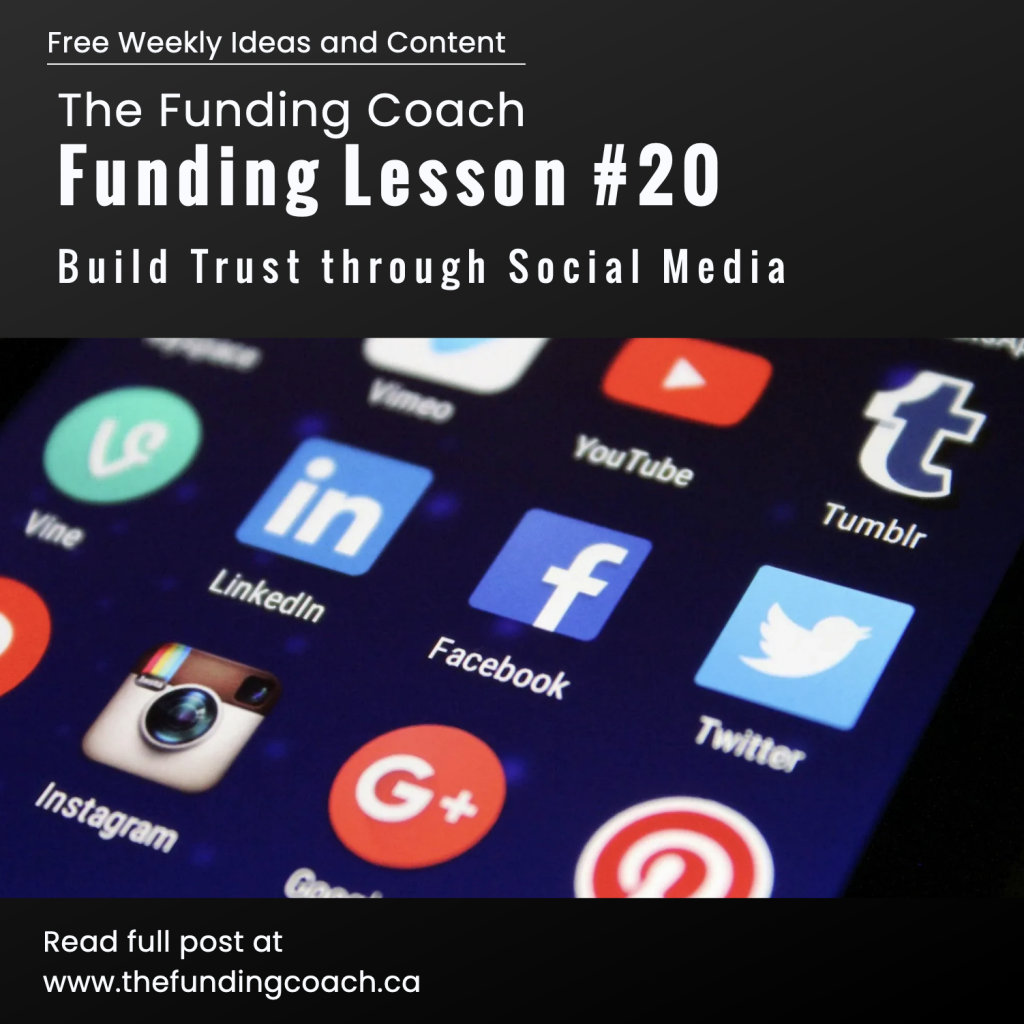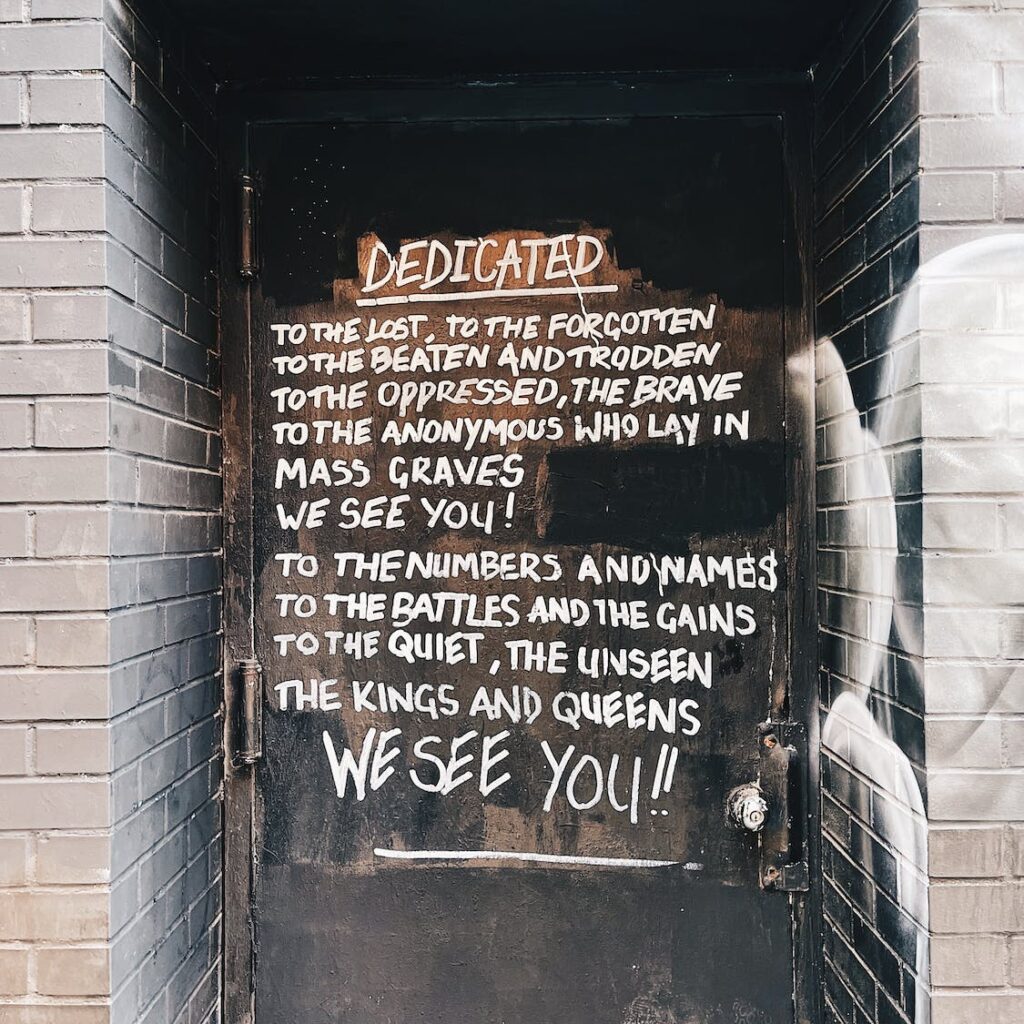
How people use money is changing. In one recent study, it was found that only 31% of Canadians use cash for day-to-day transactions. Another finding shows that in the last 6 years, the amount of cash used for day-to-day use has dropped by 59%. This trend is going to continue. Cash likely will never disappear, but its use is on the decline.
You may or may not be like me, but I rarely use cash, or even my debit cards, as I primarily use my phone for all in-person and online purchases. When I go to the grocery store, events, or the mall, there are always someone fundraising or selling tickets. For a person like me, I never donate or purchase what is being sold, as I no longer carry cash.
This can be relevant to those raising funds through fundraisers, as if you are only accepting cash, you are stopping a large majority of people from donating or buying. However, this is not just about cash. It is about understanding how people give. People generally give in the easiest way possible. It is up to us to create giving systems that are easy and open to everyone.
One concern I have heard over the years from many charities is that adopting an online giving platform will cost them a small percentage of each donation. That can range from 2-5% of donations. However, that is flawed thinking. In reality, if you focus on online or electronic giving to those not currently giving, then you are getting 95% of funds from donors you were never going to have.
In a day when a large majority of people prefer not to give by cash, or any complicated method, it may be time to look at two things about your giving system: 1 – Is giving accessible to everyone? 2 – Are our giving systems as simple as possible? Addressing our giving systems needs to happen on a regular basis. The ways people give, the types of currencies / methods are changing drastically this decade. So as non profits we don’t want to be on the losing end because we limit donations.
If you are looking for more help on creating easy giving systems and are interested in learning how to increase giving to your organization or non-profit, please contact the funding coach.





